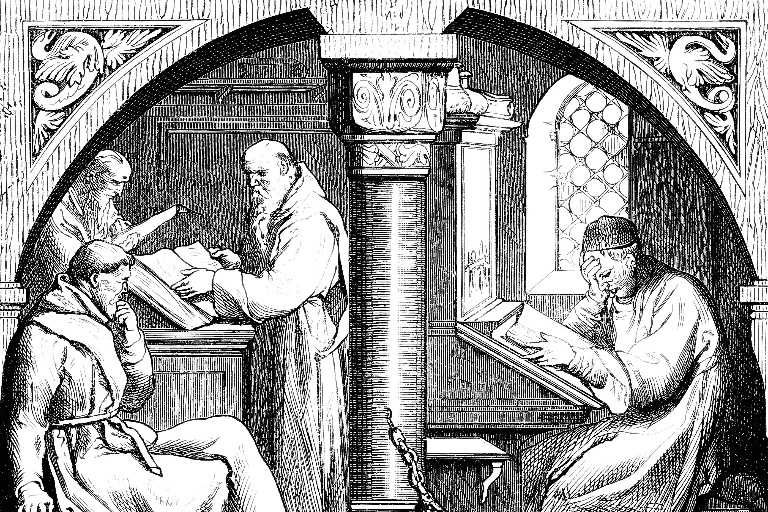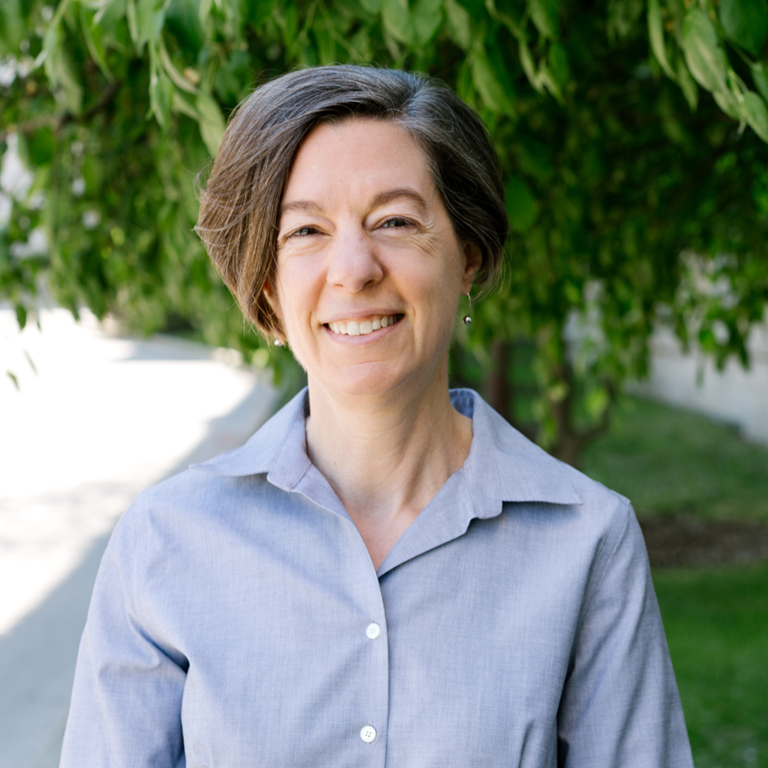
Monks, Nuns and Medieval Art

Diane Reilly
Fine Arts
Since the foundation of the Christian Church, when men and women first sought to live apart from popular society and devote their lives entirely to religion, monks and nuns have influenced heavily the development of Medieval art and architecture. Early monks and nuns lived as hermits in the mountains, forests and deserts. From the second or third centuries C.E., however, they gathered together to live communally in organized monasteries. Like their predecessors, the hermits, these later monks and nuns claimed to live in abject poverty, but although they owned no personal possessions they often lived in communal splendor inside wealthy and well-decorated houses. Supplied with lavish churches, gleaming metalwork, sumptuous tapestries and vestments and colorful manuscripts, monasteries became the treasure houses of Europe and the targets of condemnation, arson and looting. This course will explore the phenomenon of Christian monasticism from its earliest beginnings immediately after the death of Jesus through the modern era, concentrating especially on the pinnacle of the monasticism, the Middle Ages. We will read monastic rules in translation to understand the lifestyle of the monks and nuns, and examine their artworks, including manuscripts in the Lilly library and objects in the Indiana University Art Museum. We will also examine the phenomenon of modern monasticism, and compare it to its medieval origins.
Catalog Information: HON-H 235 RELIGION IN LITERATURE, MUSIC, ART AND PERFORMANCE

